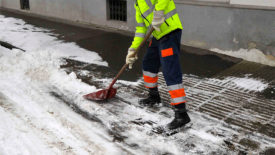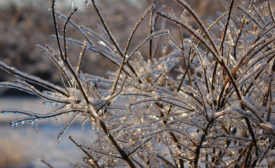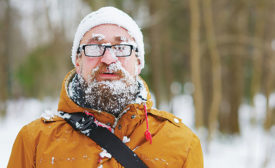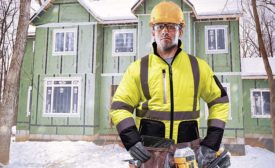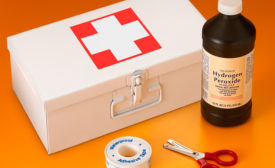Home » Keywords: » frostbite
Items Tagged with 'frostbite'
ARTICLES
How to avoid frostbite and other winter perils
Get a handle on the weather
February 1, 2017
Become a Leader in Safety Culture
Build your knowledge with ISHN, covering key safety, health and industrial hygiene news, products, and trends.
JOIN TODAYCopyright ©2025. All Rights Reserved BNP Media.
Design, CMS, Hosting & Web Development :: ePublishing
